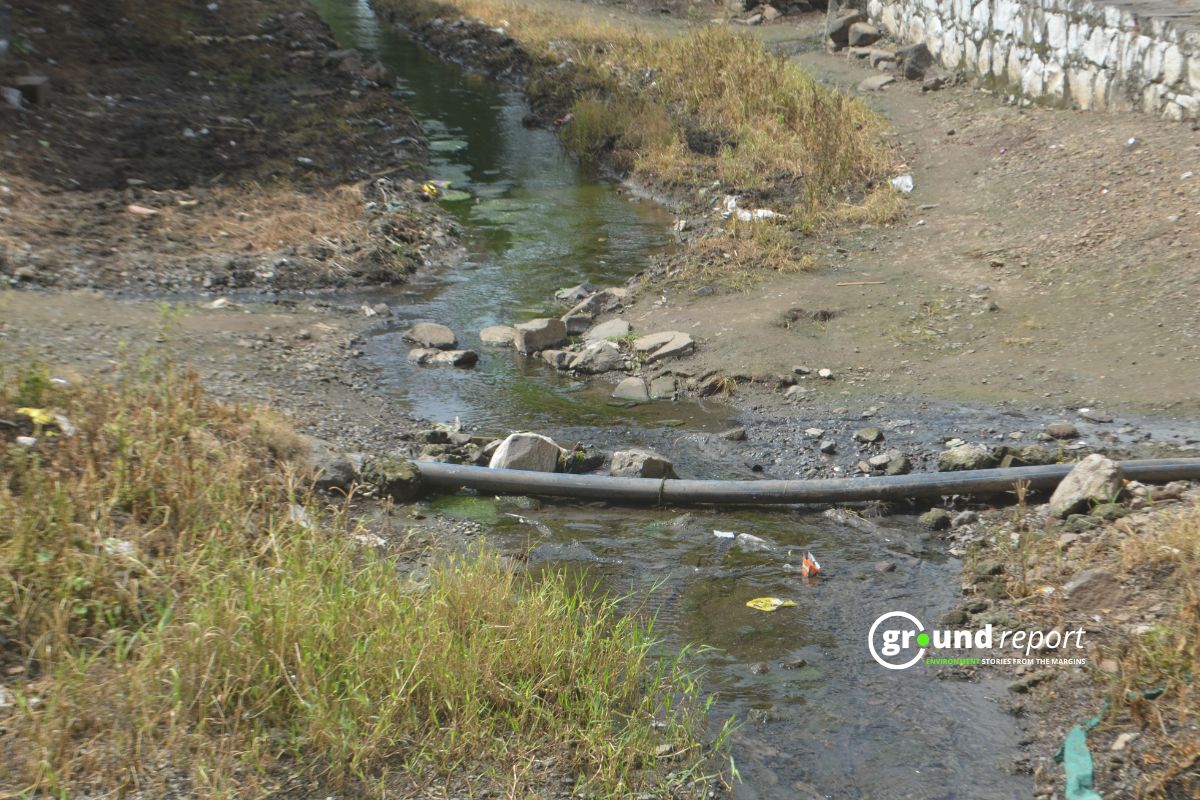Get ready for a freezing winter. This year may be the third coldest in 110 years. Nearly 86% of the high Himalayas are already covered in snow, two months earlier than usual.
A recent Western Disturbance has pushed temperatures across the Himalayas 2 to 3 degrees below freezing. The fresh snow is not melting, and scientists say this is a good sign.
Dr. Manish Mehta, senior scientist at the Wadia Institute of Himalayan Research, said, “This early and widespread snowfall is a positive sign. It shows that the glaciers are getting a chance to recover.”
He explained that La Niña is becoming active in December.
“La Niña is a seasonal weather pattern marked by cooler-than-normal sea temperatures in the Pacific Ocean. It often brings increased rainfall and colder weather to India,” Dr. Mehta was quoted as saying in Dainik Bhaskar.
Temperatures above 4,000 feet are now around minus 15°C or lower. Dr. Mehta added,
He further said, “Due to La Niña, the average temperature in northern, central, and eastern India may drop by another 3 to 4 degrees. If this trend continues, December 2025 could be the third coldest winter in the last 110 years.”
The same pattern is visible from Nepal to Kashmir. Snow covers the Himalayas from Sikkim to Himachal Pradesh. The snow catchment area has expanded, which will help glaciers recharge.
Dr. Mehta noted, “Because of the low temperatures, the snow is not melting this time. This will recharge the glaciers for the next five years. The main water sources for North Indian rivers will stay active.”
Cold conditions have already reached the plains. Bhopal’s minimum temperature dropped to 15.8°C, 3.6°C below normal, one of the lowest in 26 years for October. Rajasthan’s Sikar recorded a night temperature below 15°C.
Over the past 122 years, India’s average surface temperature has risen by 0.99°C. But Dr. Mehta said it could fall slightly next year.
“By the end of 2025, the global temperature may drop by about 0.2°C due to La Niña. We are entering a colder phase,” he said.
The early snowfall signals a long, harsh winter ahead.
Support us to keep independent environmental journalism alive in India.
Keep Reading
Highway Halt Puts Kashmir’s Fruit Economy at Risk
MP brings back Bhavantar as farmers lose soybean harvests
Stay connected with Ground Report for underreported environmental stories.
Follow us onX, Instagram, and Facebook; share your thoughts at greport2018@gmail.com; subscribe to our weekly newsletter for deep dives from the margins; join our WhatsApp community for real-time updates; and catch our video reports on YouTube.
Your support amplifies voices too often overlooked, thank you for being part of the movement.









